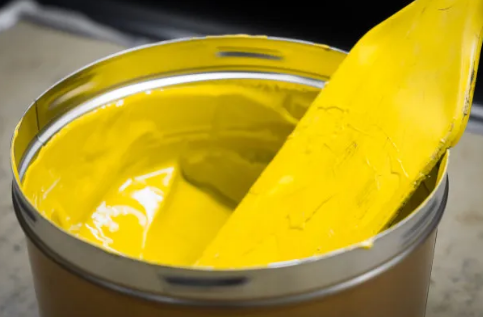Polymer dispersants maintain the performance of pigment particles in the medium through electrostatic repulsion and steric hindrance. In order to make the dispersion system uniform and stable and meet the performance requirements, the molecular structure of the polymer dispersant adsorbed on the surface of the particles needs to have the following two characteristics:
1) Anchor segments that can form a strong bond with the surface of solid particles, such as -COOH, -COO-, -NR2, -NR3+, -SO32-, -PO43-, -OH, etc.;
2) Solvation chain segments of a certain length in the dispersion medium, such as polyethylene glycol. Compared with traditional surfactant-type dispersants, the anchor groups and solvation chains in its structure replace the hydrophilic and lipophilic groups of the surfactant.
The adsorption of dispersants on the dispersed phase is the prerequisite for them to show wetting and dispersing properties. In aqueous systems, the anchor end is generally adsorbed on the surface of the particles, and its interaction with the particles is related to the type of anchor group and the surface properties of the particles.
1) Ions: For inorganic particles with strong polar surfaces, when the surface charge of the particles is opposite to the charge of the functional groups of the superdispersant, the anchoring groups of the polymer dispersant can combine with the strong polar groups on the surface of the particles in the form of ion pairs, and the polymer dispersant is adsorbed on the surface of the particles;
2) Hydrogen bonds: Most organic pigments do not have charge points, and their surface polarity is not as strong as that of inorganic pigments, and their reactivity is not as high as that of inorganic pigments, so they generally cannot form an ion pair anchoring form. Since their molecular structures may contain hydrogen bond donors or acceptors, such as ester groups, carbonyl groups, and ether bonds, they have the ability to form hydrogen bonds, and polymer dispersants can be anchored to the pigment surface through hydrogen bonds. However, due to the low bond energy of hydrogen bonds, a single hydrogen bond is difficult to ensure sufficient adsorption strength, so each polymer dispersant molecule needs to contain multiple anchoring groups, and a block or comb-like molecular structure is preferably adopted.

